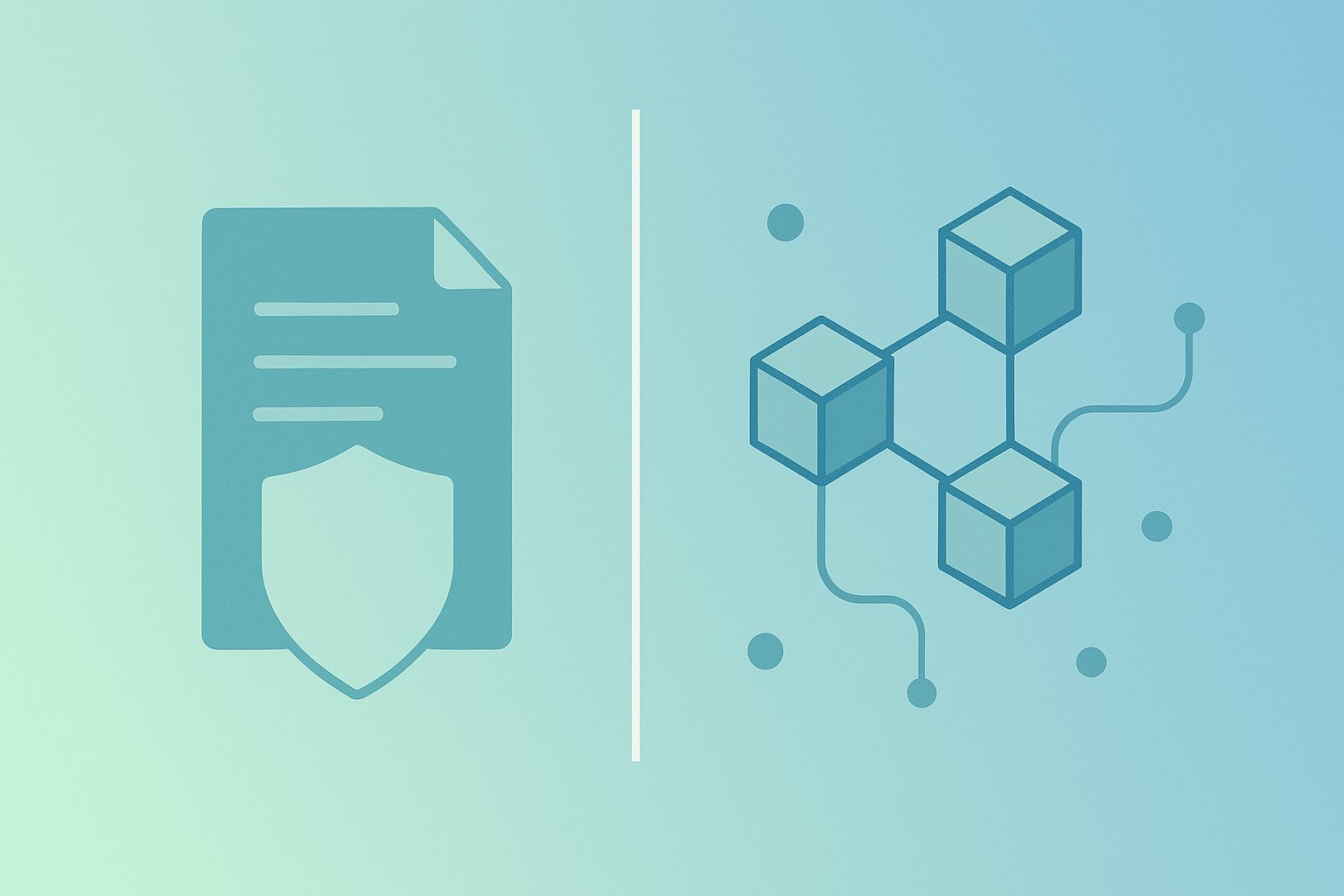The recent comments by Connecticut Attorney General William Tong regarding the Department of Government Efficiency’s (DOGE) access to Treasury Department records signal what he termed the largest data breach in American history. This incident highlights a pervasive issue faced by organizations: the misconception that data privacy and security are interchangeable, a conflation that can result in severe consequences for both businesses and consumers.
Data privacy fundamentally involves the ethical management of personal information, requiring companies to handle data transparently and with explicit consumer consent. Notably, regulations such as the EU’s GDPR, the HIPAA, and the CCPA outline the requirements for data access, sharing, and deletion, safeguarding individuals’ rights. In contrast, data security focuses on protecting information against unauthorized access and fraud through advanced measures like encryption and security audits.
The DOGE incident serves as a glaring example of why the distinction between data privacy and security is critical. Reports indicate that DOGE allegedly accessed sensitive federal information without proper authorization. This breach was not a matter of collecting data improperly, but rather a failure of adequate security measures. Businesses that emphasize compliance with privacy laws over actual security investments leave themselves vulnerable to incidents like this.
As organizations continue to grapple with the dual imperatives of privacy and security, it is essential for them to adopt distinct strategies rather than merging them into one. Privacy strategies should concentrate on compliance and ethical data governance, while security must focus on proactive risk management and threat detection. Misaligning these responsibilities can create gaps that malicious entities can exploit, posing risks that could lead to significant legal and financial repercussions.
Ultimately, companies must clearly define roles within their organizations to optimize their response to security threats. By fostering collaboration between privacy and security teams, conducting regular assessments of both domains, and investing in dedicated security measures, businesses can effectively mitigate risks and maintain consumer trust in an increasingly complex digital landscape.

